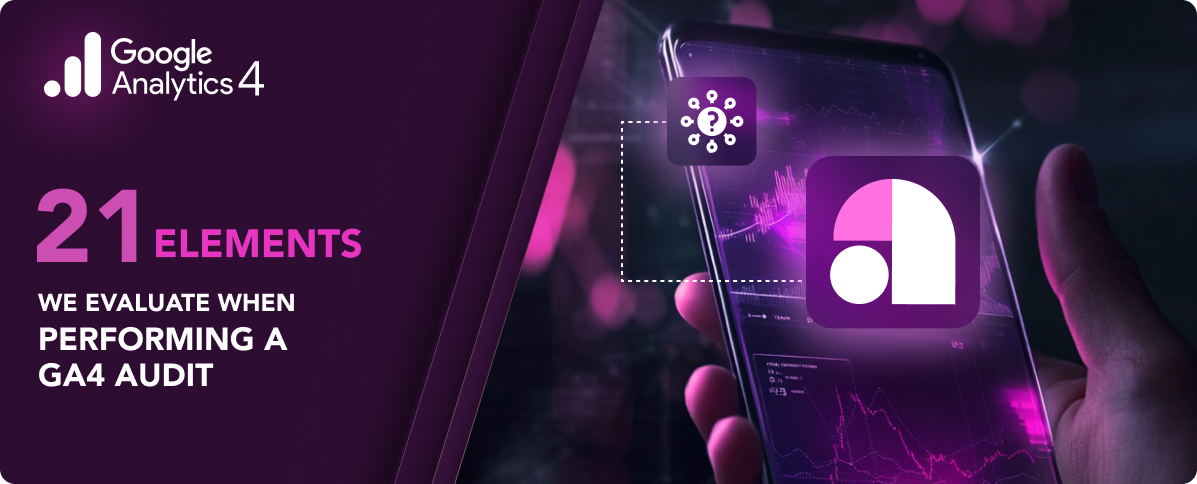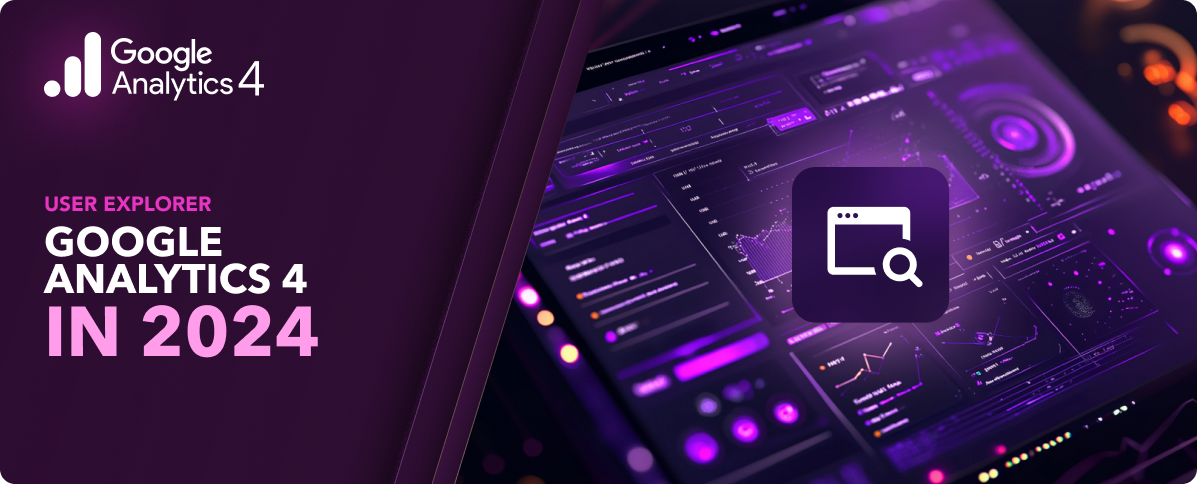Table of Contents
1. What is cross-platform development?
Cross-platform development is the process of creating software applications that are compatible with multiple operating systems and platforms, such as Windows, macOS, Linux, iOS, and Android. Instead of writing unique and different codes for each platform, developers use various tools and programming languages to write a single codebase that developers can use to run across different platforms.
This efficient approach saves time and resources, allowing for more accessible updates and maintenance. It’s particularly popular for mobile app development, where tools like React Native or Flutter enable developers to build mobile apps for both iOS and Android simultaneously. However, it’s important to balance this efficiency with the need to ensure that the app performs well and feels native on each platform.
For instance, languages like JavaScript, along with frameworks like React Native or Xamarin, enable developers to write code once and deploy it on both iOS and Android mobile platforms. Similarly, web technologies like HTML, CSS, and JavaScript can create applications that run uniformly on various web browsers across different operating systems.
2. What is the difference between platform and cross-platform?
The terms “platform” and “cross-platform” refer to different concepts in software development:
Platform
This refers to the operating system or environment where a software application runs. Common platforms include Windows, macOS, iOS, Android, and Linux. When developing software, programmers often need to consider the specific requirements and features of their target platform. For example, an app designed for iOS would be built using Swift or Objective-C and would follow Apple’s design guidelines.
Cross-Platform
This term is used when software is developed to work on multiple platforms rather than just one. Cross-platform development involves writing one codebase that can run for mobile apps on various operating systems, like iOS and Android. This is achieved using special tools and programming languages, such as React Native (uses JavaScript) or Flutter (uses Dart), which allow developers to write code once and deploy it across multiple platforms. The main advantage is efficiency: developers can reach users on different types of devices without having to write and maintain separate codes for each one.
3. What is hybrid and cross-platform?
Hybrid and cross-platform development are both methods used for creating software that can run on multiple operating systems, but they approach it differently.
Hybrid development typically involves building applications using web technologies like HTML, CSS, and JavaScript and wrapping them in a native container. This native container allows the app to be installed and used like a native app on various platforms, such as iOS and Android.
The main advantage of hybrid apps is their development efficiency, as the same web-based code can be used across different platforms. However, they might not provide the same performance or fully native look and feel as applications built specifically for each platform.
Cross-platform development, on the other hand, involves using specific frameworks like Flutter or React to build mobile apps that can run on multiple platforms but with a closer approach to native development compared to hybrid apps.
These frameworks allow developers to write code in languages like JavaScript (React Native) or Dart (Flutter), which is then compiled into a form that can run more natively on each platform. Cross-platform mobile apps offer better performance and a more native user experience than hybrid apps but with the advantage of a shared codebase across platforms.
4. What is cross-platform strategy?
A cross-platform strategy in software development involves designing and building software applications that work on multiple operating systems or platforms, such as Windows, macOS, iOS, and Android, using a single codebase. This strategy aims to maximize reach and efficiency by allowing the software to function across various devices and platforms without developing separate versions for each.
Key components of a cross-platform strategy include:
- Choosing the Right Tools: Select frameworks and languages that support cross-platform compatibility, such as React Native, Flutter, or Xamarin.
- Consistent User Experience: Ensuring that the app provides a consistent look and feel across different platforms while respecting each platform’s design norms and usability standards.
- Code Reusability: Writing code that can be reused as much as possible across platforms, reducing the time and resources needed for development and maintenance.
- Performance Optimization: Balancing the convenience of a unified codebase with the need for the app to perform well on all targeted platforms.
- Testing and Quality Assurance: Rigorous testing on all platforms ensures the application performs reliably and as expected.
5. Why is cross-platform popular?
Cross-platform development is popular due to its several compelling advantages:
- Wider Reach: It enables apps to run on multiple platforms like iOS and Android from a single codebase, broadening the potential user base.
- Cost-Effective: Developing one app for all platforms can be more economical than creating separate native apps for each platform.
- Time Efficiency: It saves time in development and deployment as the same code is used for different platforms.
- Simplified Maintenance: Updating and maintaining a single application is often simpler and faster than managing multiple native apps.
- Resource Utilization: It allows businesses and developers to leverage existing skills and resources, as many cross-platform frameworks use popular programming languages like JavaScript.
6. What is the cross-platform language in 2024?
JavaScript and Dart are the most notable cross-platform languages widely used in 2024.
- JavaScript: Particularly with the React Native framework, JavaScript remains a key player in cross-platform mobile app development. Its widespread use, large community, and robust ecosystem of libraries and tools.
- Dart: Dart, primarily used with the Flutter framework, has been gaining significant traction. It’s appreciated for its ease of learning, efficient compilation of native code, and ability to build visually appealing and high-performance web applications for iOS and Android platforms.
Both these languages are popular for their ability to create applications that work smoothly across multiple platforms, leveraging the strengths of their respective frameworks. Their choice typically depends on the project needs and developer expertise.

















































